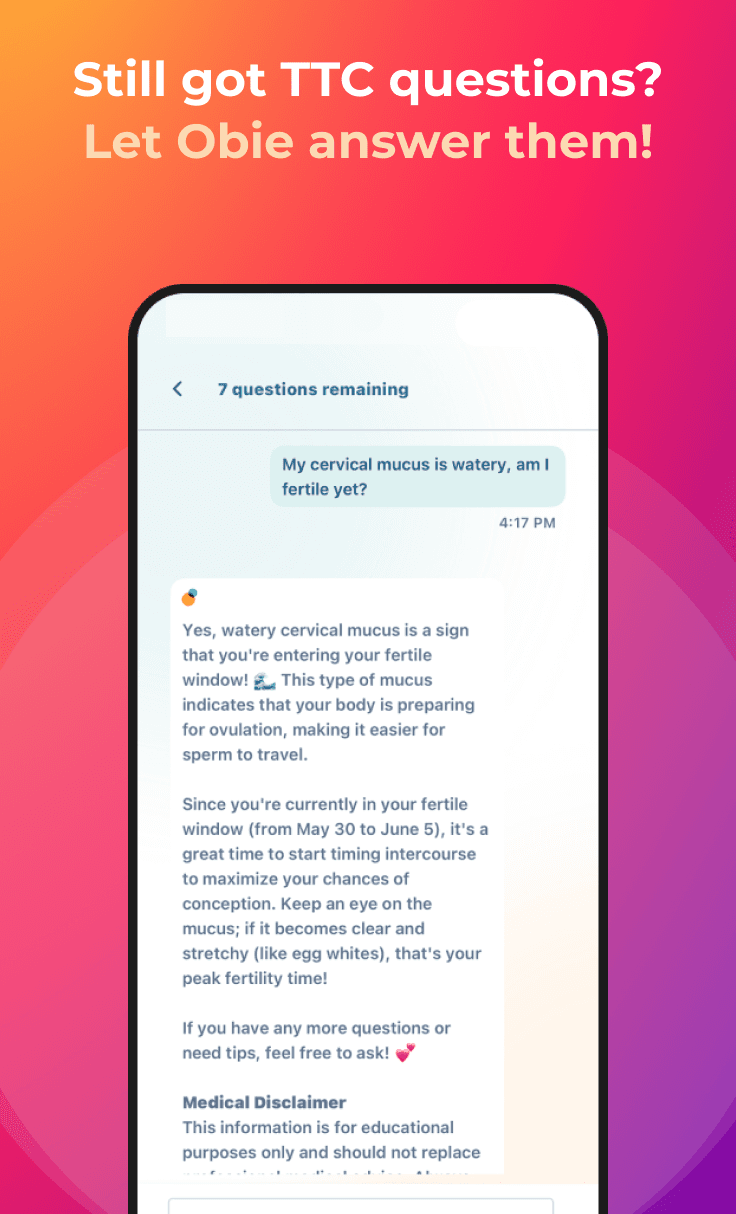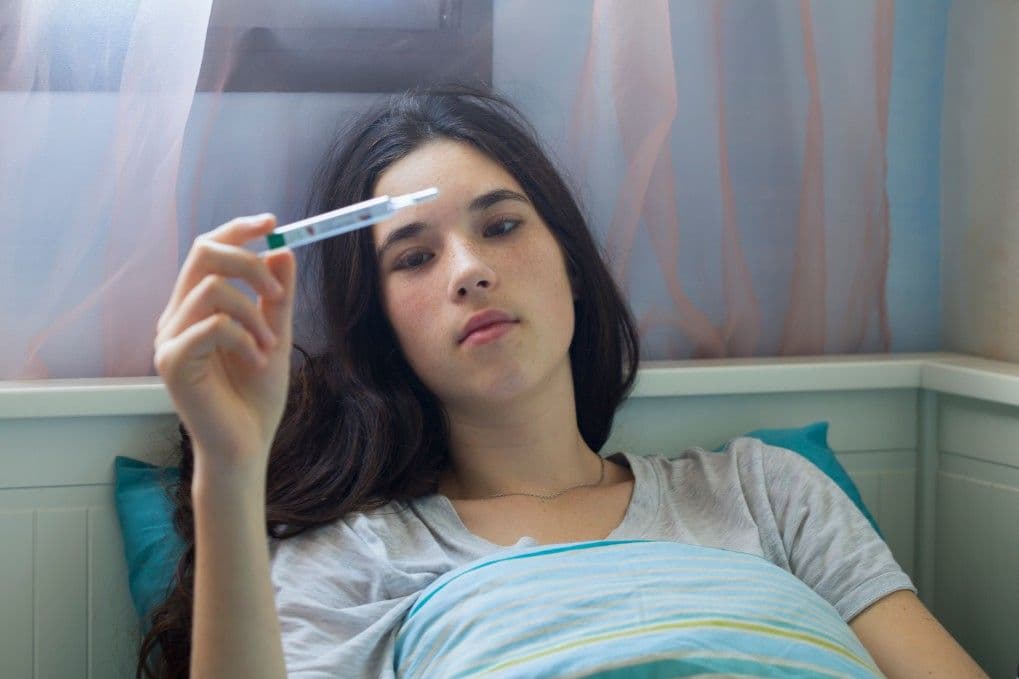World's First Baby Born from Ovarian Tissue
Fertility and Infertility News
Obie Editorial Team
A young girl in Belgium faced a lifetime of debilitating pain and organ damage due to sickle cell disease, an inherited disease that causes red blood cells to be misshapen enough to hinder blood flow. Her doctors proposed a stem cell transplant, a radical treatment that would save her life but destroy her ovaries, eliminating her chance for motherhood.
In an effort to save her fertility, fragments from one ovary were removed and frozen, in the hope this harvested tissue would allow her to have children someday. Both procedures — the bone marrow transplant and the harvest of ovarian tissue — have now been proven successful. The patient, now a woman, gave birth to a healthy baby boy in November 2014. Her story was revealed in a recently published account of her case study in the medical journal, Human Reproduction.
Sickle Cell Disease
Sickle cell disease (SCD) occurs when a child inherits one positive gene for the disease from each parent. When only one gene is present, the person is said to have sickle cell trait; they won’t develop the disease but they do risk passing SCD along to their offspring if the other parent also has the trait.
An estimated 70,000 people in the US have SCD and several million carry the trait. The misshapen red blood cells don’t transport oxygen from lungs to other organs effectively and they get clogged in the circulatory system, blocking off blood flow enough to cause organ damage.
Sickle cells perform poorly and die quickly, leading to the disease’s common name: sickle cell anemia. Healthy red blood cells live 90 to 120 days. Sickle cells survive only 10 to 20 days, placing such demand on the body to produce more cells more quickly than normal that the patient’s energy level remains depleted and painful organ damage develops.
Today, US patients with SCD are expected to live 40 to 60 years. In 1973, the average life expectancy of an SCD patient was only 14 years.
It is commonly assumed SCD is a disease affecting black people only but anyone with ancestral roots in sub-tropical and equatorial regions all around the world are prone to the trait. Mosquitos thrive in hot, damp climates, where they spread malaria in alarming numbers. It is believed that sickle cells evolved to protect the person from disease when bitten by a malaria-carrying mosquito.
Highlights of the Patient’s Life
The patient’s name remains unknown but her case study indicates she is now 27 years old and living in Belgium. Highlights of her life include:
- Birth in the Republic of Congo, Central Africa.
- Diagnosis with SCD at age 5.
- At age 10, her hormone levels and breast development indicated the start of puberty but she was not yet menstruating.
- At 13 and now living in Belgium, her SCD had advanced so aggressively her doctors suggested a bone marrow transplant. She was still not menstruating.
- At 13 years, 11 months, her ovarian tissue was harvested and the transplant occurred, using healthy bone marrow from a sibling.
- At 15, drugs were used to artificially induce menstruation.
- At 23, ten years after the transplant, she wanted a baby. Some of her ovarian tissue fragments were unfrozen; some were transplanted into her remaining ovary, others were grafted where the other ovary had once been.
- Four months later, her hormone levels indicated she was fertile.
- Five months after ovarian tissue transplant, she began having natural periods.
- Two years passed without a pregnancy; her partner was found to be infertile.
- The relationship ended and she found a new love.
- She conceived a child naturally, enjoyed a healthy pregnancy, and gave birth to a son in November 2014.
Hope for Other Young Girls
There have been at least 35 live births following transplant of frozen ovarian tissue but these mothers were all mature adults when tissue was harvested. The SCD patient’s son is said to be the first successful birth to a mother whose ovarian tissue was harvested before or during puberty.
Since hers is the only successful live birth thus far using tissue from such a young girl, it is unknown if the procedure would work for other girls facing similar medical treatments. Her story offers hope, nevertheless, to other young girls with SCD and other diseases who face life-saving treatments that will likely destroy their fertility.
Sources:
- "Woman gives birth using ovaries she had frozen as a child." PubMed Health. National Center for Biotechnology Information, 10 June 2015. US National Library of Medicine. Web. 19 June 2015.
- "What Is Sickle Cell Disease?" National Heart, Lung, and Blood Institute. National Institutes of Health, 12 June 2015. Web. 19 June 2015.








